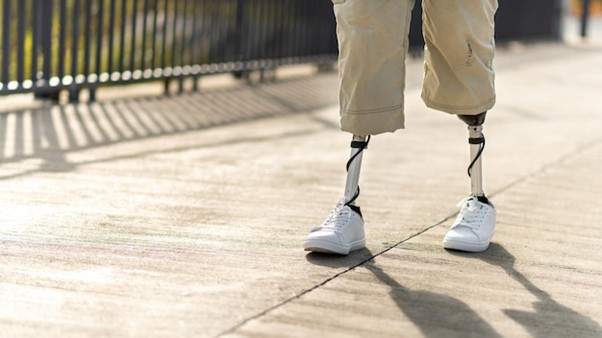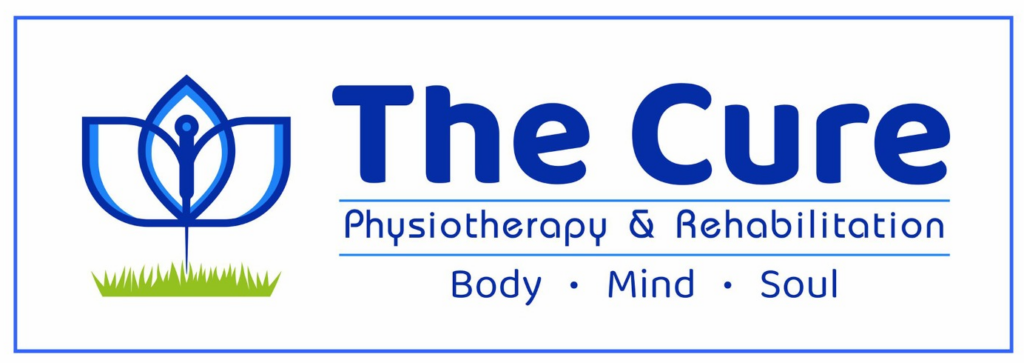Amputations

Amputation is the surgical removal of a limb or part of a limb due to injury, disease, or surgical necessity. This drastic procedure can significantly impact a person’s physical abilities and psychological well-being, necessitating comprehensive care and rehabilitation.
Causes of Amputations include traumatic injuries, such as those from motor vehicle accidents, industrial accidents, or severe burns. Non-traumatic causes often involve medical conditions like severe infections, tumors, and particularly peripheral artery disease or diabetes, which can lead to gangrene. In some cases, congenital conditions may require amputation.
Procedures for Amputation vary based on the location and reason for the surgery. The goal is to remove the diseased or damaged tissue while preserving as much healthy tissue as possible. Surgeons aim to create a residual limb that can support a prosthetic. The procedure involves careful planning to ensure adequate blood supply and optimal wound healing. Post-surgery, pain management and infection control are crucial, with techniques like targeted muscle reinnervation and nerve grafting sometimes used to reduce phantom limb pain.
Rehabilitation and Recovery are essential for individuals undergoing amputation. The process involves physical therapy to strengthen the remaining muscles and improve mobility. Occupational therapy helps patients adapt to daily activities using assistive devices or prosthetics. Psychological support is also vital, as adjusting to limb loss can be emotionally challenging. Advances in prosthetic technology, such as myoelectric limbs controlled by muscle signals, offer improved functionality and quality of life for amputees.
Long-term care focuses on ongoing rehabilitation, regular health check-ups, and maintaining a healthy lifestyle to prevent complications. Support groups and counseling can help amputees and their families cope with the physical and emotional aspects of limb loss.
Amputations, while life-changing, can be managed effectively with a multidisciplinary approach that addresses physical rehabilitation and emotional well-being, enabling individuals to lead fulfilling lives post-surgery.

